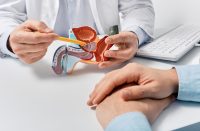Sea cucumbers, classified under the phylum Echinodermata, are soft-bodied invertebrates exhibiting diverse shapes, sizes, and colours. Typically characterized by their cylindrical or elongated bodies, they possess a soft and pliable texture. Within marine ecosystems, sea cucumbers hold immense importance by actively participating in the recycling of organic matter and fostering a harmonious equilibrium within the seabed. Due to their perceived health benefits, they have been employed in traditional Chinese medicine for many centuries. Given their distinct attributes and ecological significance, sea cucumbers remain a subject of great interest and fascination for scientists and enthusiasts dedicated to the study of marine life.
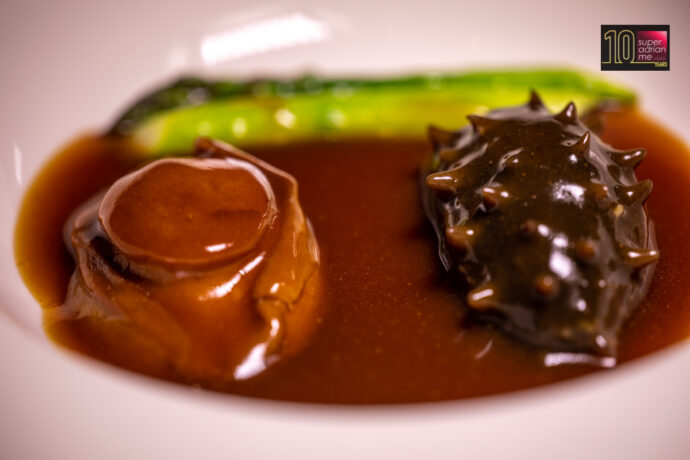
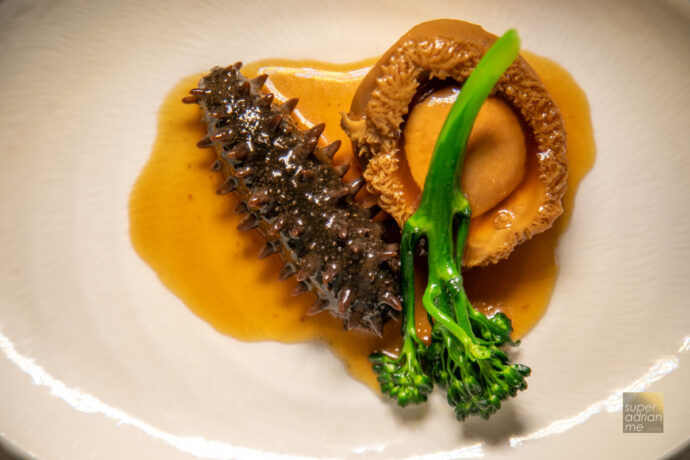
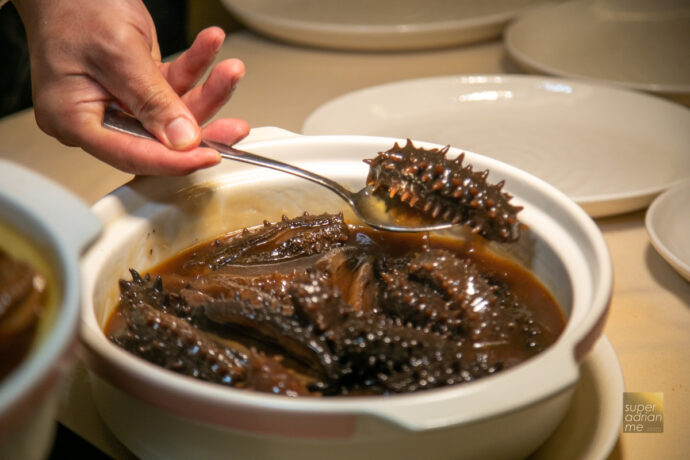
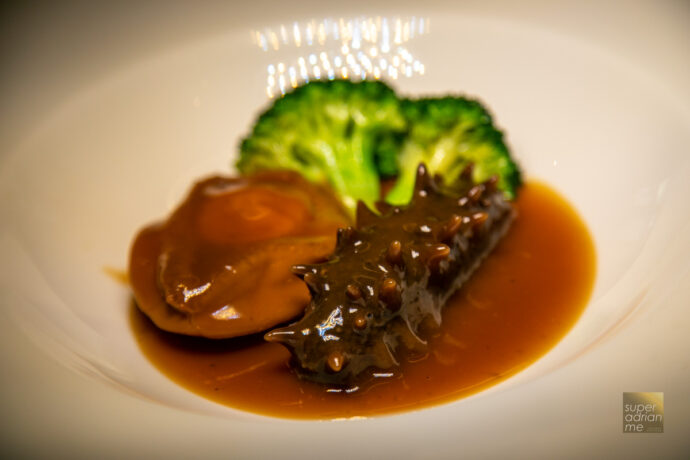
The sea cucumber is also an Asian marine delicacy found in Chinese cuisines. These sea creatures are usually braised and are even more popular during the Lunar New Year celebrations. The more expensive spiky ones known scientifically as the Apostichopus japonicus are found in shallow termperate waters along the coasts of South east asia.
Researchers in University of South Australia in collaboration with Fiji National University and the University of the Sunshine Coast have identified sea cucumber as a key ingredient in preventing diabetes. Exploring the medicinal properties of sea cucumbers (Holothuria scabra), researchers found that processed dried sea cucumber with salt extracts can inhibit a compound that is associated with increased risk of diabetes, thereby reducing the likelihood of the disease.
Currently, there is a lack of commercially accessible treatment that can effectively prevent the creation of a compound known as Advanced Glycation End products (AGEs). The formation of AGEs transpires when proteins and/or fats react with sugars within the bloodstream. Elevated levels of AGEs have been linked to a heightened risk of diabetic complications such as heart disease, Alzheimer’s, Parkinson’s, kidney disease, and cancer.
“We know that an accumulation of AGEs is associated with complications of type 2 diabetes, so strategies to prevent this may reduce the risk of developing diabetic complication. Biologically active novel compounds in medicinal plants and foods are potential therapeutic agents to prevent diabetic complications. Sea cucumbers are known to have a range of therapeutic properties, including anti-inflammatory and antioxidant properties, so we wanted to explore their bioactive compounds as AGE inhibitors. We found that processed dried sea cucumber with salt extracts and collagen can significantly inhibit AGEs by lowering a range of sugar related metabolites in the body and reducing the risk of diabetes. These results provide sound evidence that sea cucumbers could be developed as a functional food product to help battle the onset of diabetes and diabetic-complications”
UniSA’s Dr Permal Deo and lead researcher
Almost 1.3 million people in Australia have type 2 diabetes. Around the world, there are about 422 million people with diabetes with 1.5 million deaths directly attributed to the disease annually. Almost 60 per cent of all cases of type 2 diabetes can be delayed or prevented with changes in diet and lifestyle.
Learn more about Diabetes and whether you are at risk here. Learn about the three myths about diabetes here. For individuals between the ages of 18 and 39, assess your risk of developing type 2 diabetes by using the Diabetes Risk Assessment tool. On the other hand, if you are 40 years or older, it is recommended to undergo health screening in Singapore every three years as part of the Health Promotion Board’s Screen for Life programme. These measures aim to promote proactive health management and early detection of potential health issues.


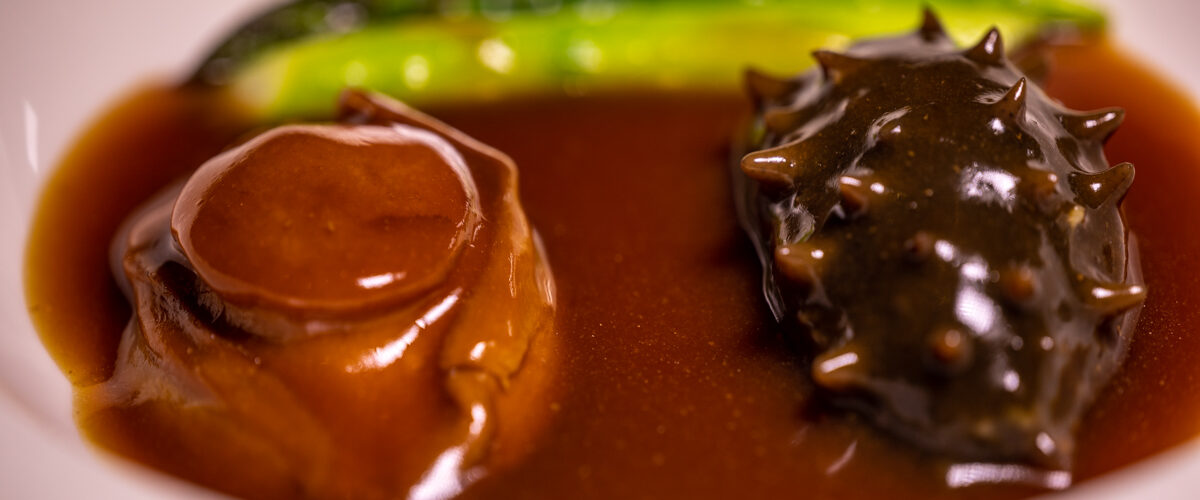
![20250626-NUHS-CTS5094-PRESS | SUPERADRIANME.com [From left] Dr Chong Kok Wee, Head and Senior Consultant, Allergy Service, Department of Paediatrics, KK Women’s and Children’s Hospital, A/Prof Elizabeth Tham, Head & Senior Consultant, Division of Paediatric Allergy, Immunology & Rheumatology, Khoo Teck Puat – National University Children's Medical Institute (KTP-NUCMI), National University Hospital (NUH), Dr Abiramy D/O Anathan, Clinician Lead, Paediatrics, National University Polyclinics and Prof Lee Yung Seng, Head, KTP-NUCMI, NUH.](https://media.superadrianme.com/wp-content/uploads/2025/06/27151231/20250626_NUHS_CTS5094_PRESS-2-200x131.jpg)
